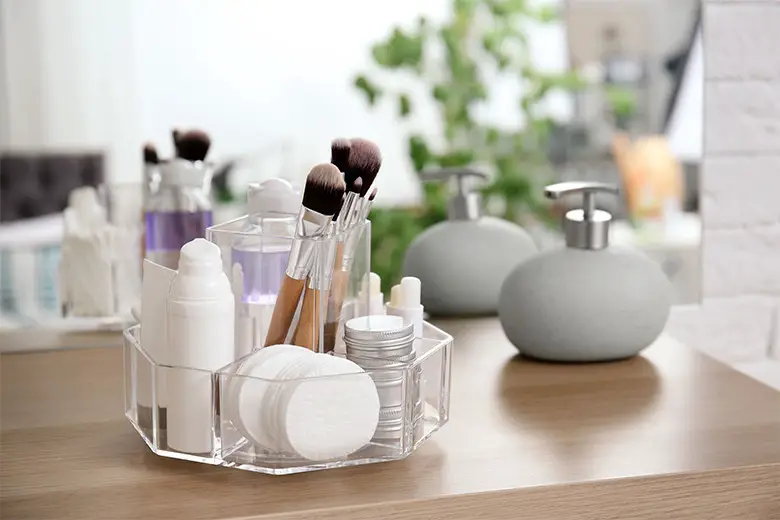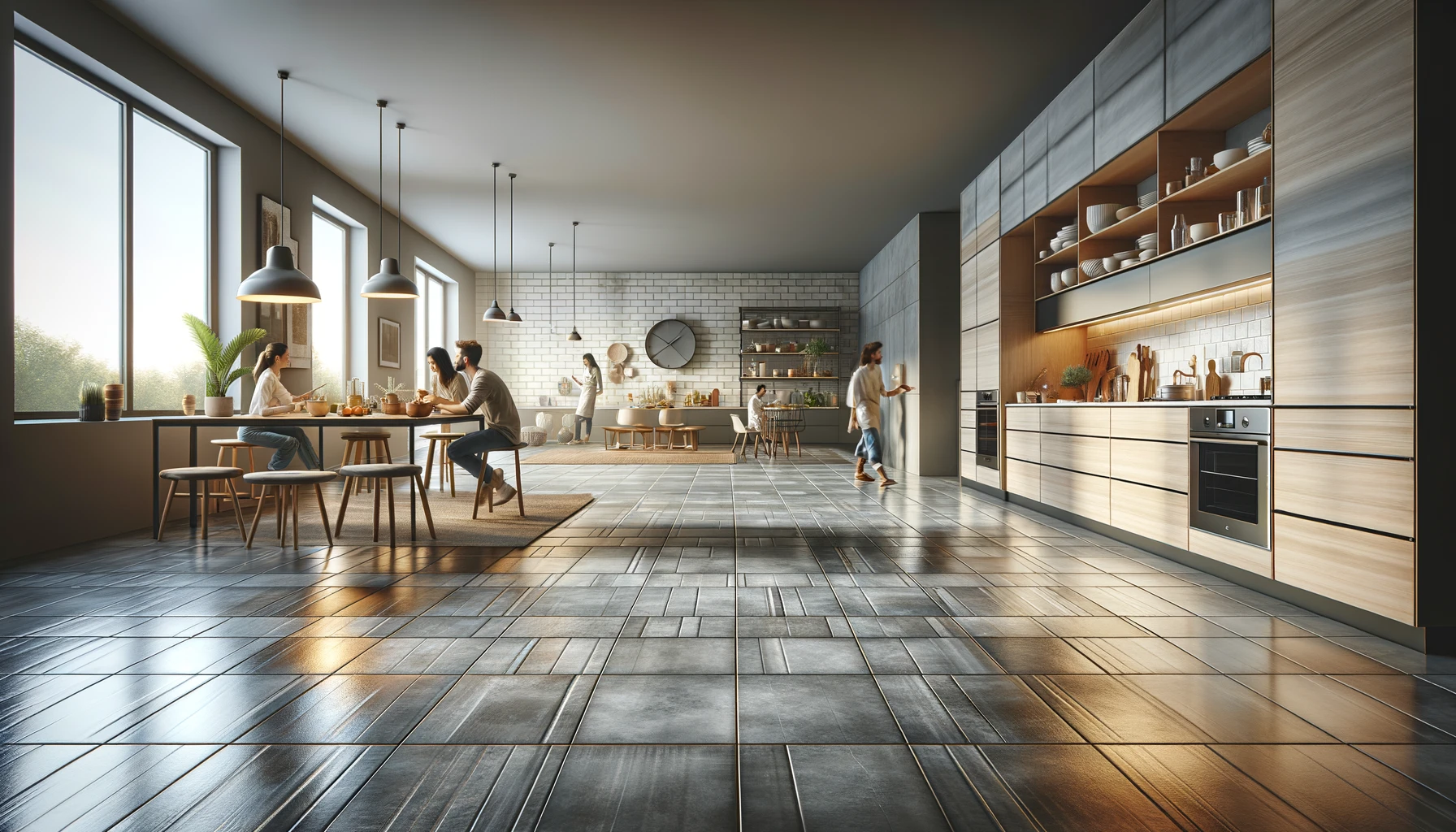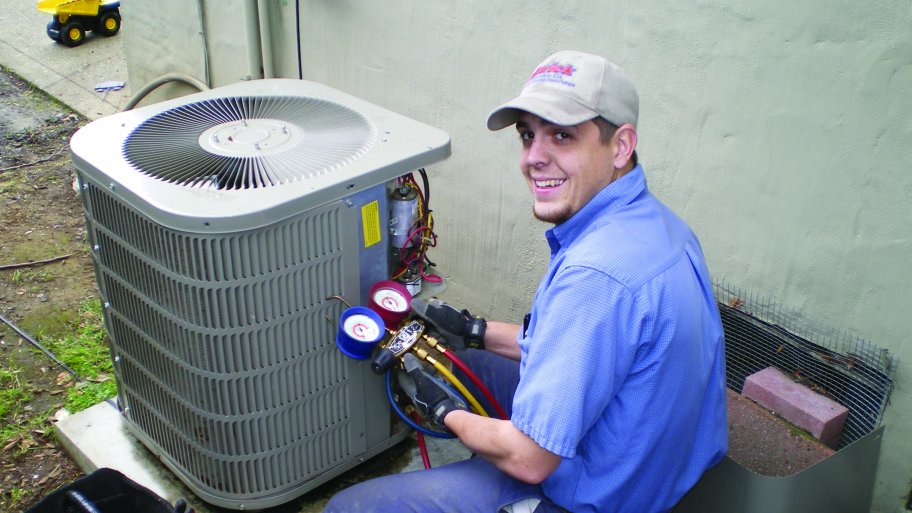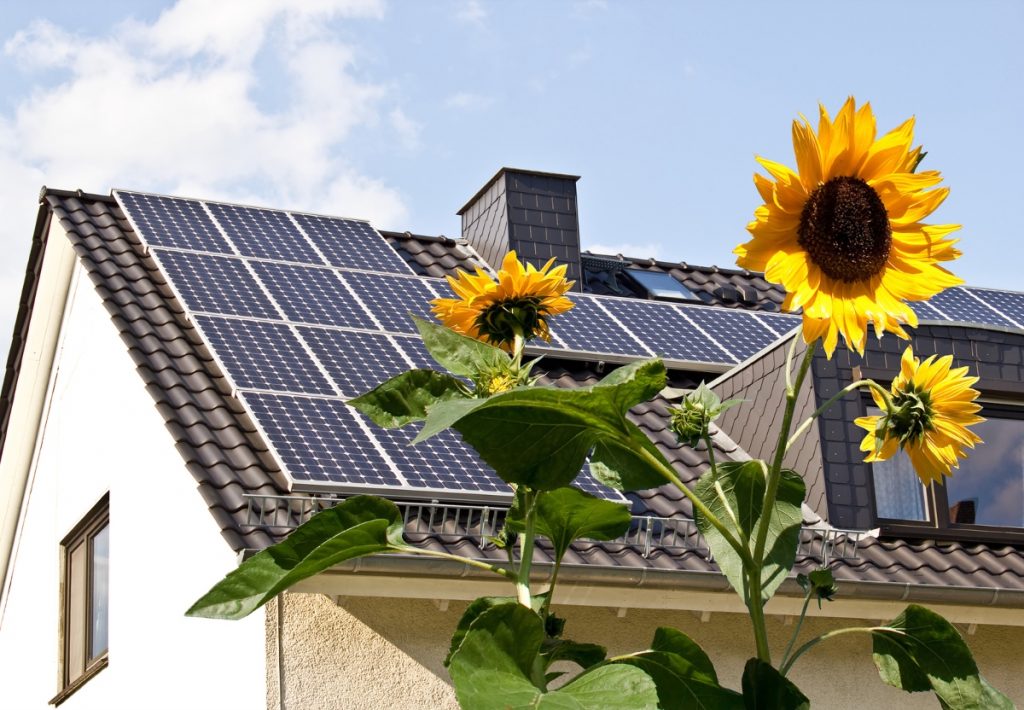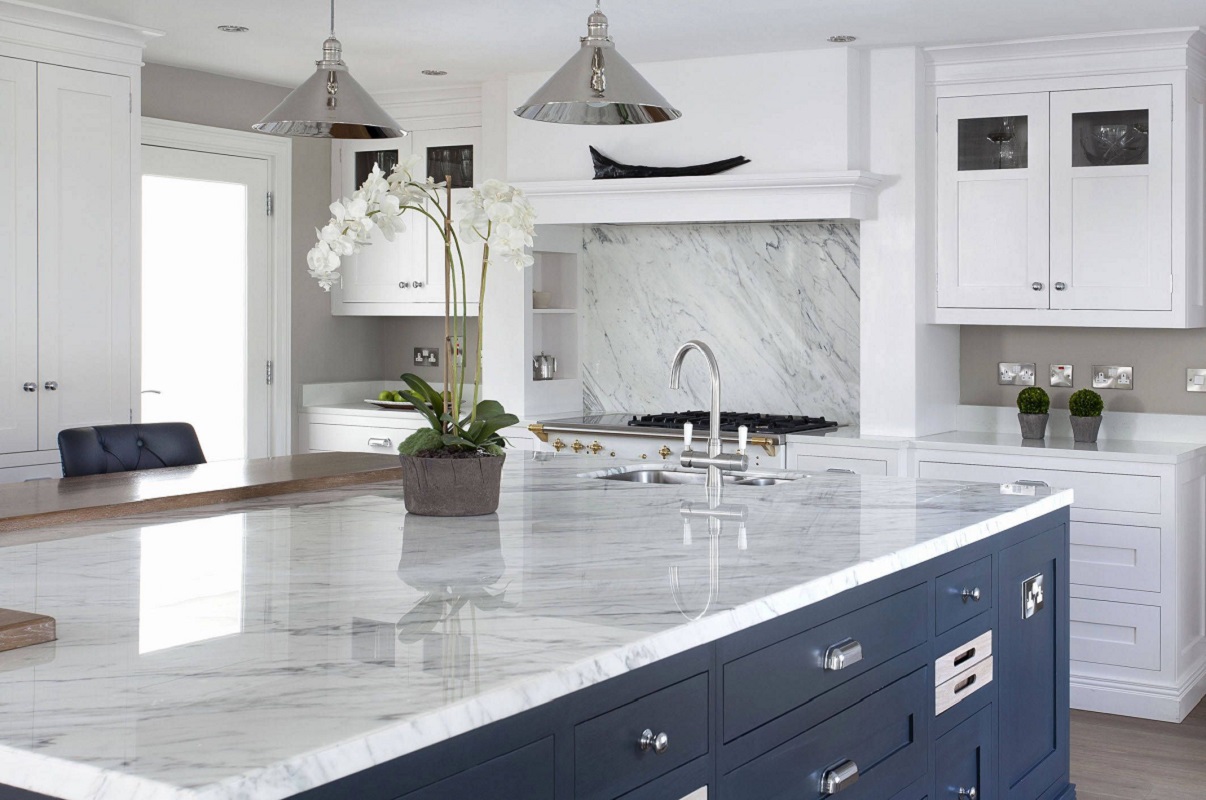If you carefully calculate where you spend the most active home time, it turns out that the first place belongs to the kitchen by a huge margin. Cooking food, washing dishes, breakfast, lunch, dinner – all this is half, or even more of our home time. That is why the electrical stuffing of the kitchen, including the design of kitchen lighting, must be approached especially carefully.
Lighting zoning in the kitchen
What is there to cover, you say. But it turns out that a “brighter chandelier” type lamp is not so convenient. We cut, for example, onions or other vegetables on the tabletop – squint, strain our eyes. And not because of the onion stings, but because the light source is behind, and our own shadow falls on the work surface. The same story will be with the dining table if it is not in the center of the kitchen.
Divide the kitchen into zones and light each separately. Even the smallest kitchen can be roughly divided into three areas:
Work zone. Usually, it is a wide and long kitchen countertop with a sink. This also includes a gas stove or hob.
Dinner Zone. The table at which we have breakfast, lunch, and dinner.
Storage area. Cabinets, shelves, refrigerators, and freezers.
Each of these zones is used in its own way, and for each of them, it is necessary to organize comfortable lighting.
Work area lighting
Set lighting above the countertop, or above the work area, there are usually cabinets for storing kitchen utensils. On sale, there are many options for special furniture fixtures that are simply attached to the bottom surface of wall cabinets. If you want – buy LED lamps on batteries: you will have to replace the batteries only once a year, and you will save on installing sockets for the kitchen.
There, on the wall under the cabinets or shelves, the LED strip will perfectly fit. And it is true that it will already require a separate outlet and a switch.
Tip: when ordering a kitchen set, ask to integrate lamps into wall cabinets or shelves to illuminate the working area.
If there are no cabinets and shelves above the work area, install spotlights on the wall, 70 – 80 cm from the tabletop, or on the ceiling directly above it. For example, several spots.
A gas stove or hob is usually illuminated with a standard light built into the hood. If you are not using a hood, consider finding space for a small spotlight above them. Do the same with the sink: washing food and dishes in the twilight is not the most pleasant experience.
Dining area lighting
Good lighting promotes digestion and mood. So, at least, nutritionists and psychologists say. We will take the experts’ word for it, and make sure that it is light and comfortable at the dining table.
If the kitchen space permits, place the dining table in the center, directly under the main ceiling lamp. If it does not allow – move the ceiling lamp to the side, and, yes – hang it over the table. It is good if the suspension length of such a lamp can be adjusted. By lowering and raising the shade above the table, you can create the desired lighting and mood yourself. Raised higher – the lighting became bright and solemn. If it is lowered – the light became more intimate, homely and cozy. The main thing is that it does not hit in the eyes, but illuminates the table and food. It is also important what furniture do you have and from what material it is made. If your furniture doesn’t fit your dining area and doesn’t look stylish there is no lighting that can possibly change it. So, maybe think about some renovations that might help you to create a more pleasant atmosphere. For this purpose, you can go to the NY Furniture Outlets that has a wide assortment of furniture designs and styles.
As a suspension, you can use not only cords but, for example, chains. For a rectangular or elongated oval table, use several pendant lights in a row. The same technique will be perfect for a bar counter if you have one in your kitchen.
A table standing against the wall can be illuminated using sconces or spots. True, with such lighting, the part of the table, especially the one closer to the wall, will be less illuminated. In addition, sconces will not fit into any interior. If you want intimacy and not too bright light, this is your option.
Storage area lighting
Automatic lighting of storage areas is implemented by default only in the refrigerator or freezer. Why not do the same inside kitchen cabinets, drawers or cabinets? Not large LED lights or LED strips that turn on when the cabinet doors are opened will make it much easier to find what you need.
The shelves are illuminated with the same small lamps or LED strips. Kill two birds with one stone: get lighted storage areas and decorative lighting in the kitchen.

Bonus: what bulbs to choose for the kitchen
In addition to the convenient zoning of lighting in the kitchen, it is important to choose the right bulbs for your lighting fixtures. In any electrical store today there is such a huge selection of bulbs that it is a pure embarrassment of riches. In fact, there are, most often, three types of lamps: LED, fluorescent and incandescent lamps. Everything else is various modifications of these three types.
Incandescent lamps
Classic incandescent bulbs of various wattage – from 40 to 200 watts. For the kitchen, especially for the work area, lamps with a power of at least 100 watts are suitable.
Suitable for all types of luminaires with screw holder. The main disadvantage is high power consumption. But with the help of such lamps and a dimmer switch, you can smoothly adjust the lighting in all areas of the kitchen.
Fluorescent lamps
Modern fluorescent lamps, which we use most often in apartments, are a bulb twisted into a spiral with an inert gas that glows when voltage is applied to the lamp electrodes. Lamps like E14 and E27 are perfectly screwed into all types of chandeliers and lamps. The power required for lighting is 18 – 36 watts. Depending on their color temperature, they are divided into warm, neutral, and cold colors. For the kitchen (and for any living space), warm or neutral daylight lamps are best suited. The disadvantage of fluorescent lamps is that they need special disposal. In addition, they are not suitable for dimming.
LED bulbs
The most popular and economical type of lamp. LED lamps, as they are also called, can be used with all types of luminaires. LEDs are also installed in LED strips for conventional and decorative lighting. Like fluorescent lamps, LED lamps are available in different light temperatures: warm, neutral, and cold light.
The most significant plus of their use is the minimum power consumption (6-10 watts) and huge service life. Some manufacturers claim up to 20 years warranty for LED lamps. That’s cool. Minus – they are still more expensive than simple incandescent lamps.
Lighting in the kitchen is easy!
As you can see, it is not that difficult to create the right lighting in your kitchen. You just need to think carefully, be inspired, and do it.

